Join a Small Group Trip
Prefer to travel with your people? Book this as a Private Trip — your group, your dates, private guide, tailor-made experiences.
-
Available Available PackagesSaturdayApril 4, 2026SundayApril 12, 2026$2850
-
Available Available PackagesSaturdayNovember 7, 2026SundayNovember 15, 2026$2850
OVERVIEW
Come with us to a place unlike any other. Our Discover Cuba tour will indulge all of your senses and is the best way to begin your love affair with this vibrant destination. Cuba’s rich history and culture will come to life over nine magical days, and we are quite sure that you won’t want to leave. From the colonial charm of Havana and Trinidad to the lush landscapes of Viñales and El Nicho Waterfalls, you’ll experience the island’s diverse highlights firsthand. Along the way, enjoy salsa dancing, farm-to-table dining, snorkeling at the Bay of Pigs, and visits to iconic landmarks like Che Guevara’s Mausoleum and the Valley of the Sugar Mills—all while staying in authentic 4-star casa particulares.
HIGHLIGHTS
- Rest your weary head at a 4-star boutique Casa Particular and experience the warmth of Cuban hospitality.
- Wander through Old Havana’s cobbled streets, colonial plazas, and colorful neighborhoods on immersive walking and classic car tours.
- Take a salsa dancing class, sip mojitos on a rooftop, and experience live music by members of the Buena Vista Social Club at El Guajirito.
- Hike through lush jungle trails to swim in turquoise natural pools at one of Cuba’s most beautiful waterfalls.
- Discover a perfectly preserved colonial town with museums, pottery workshops, and lively music in th Plaza Mayor.
- Visit Manaca Iznaga in the Valley of the Sugar Mills to learn about Cuba’s plantation past and climb the iconic watchtower.
- Explore Santa Clara and pay tribute at Che Guevara’s mausoleum and museum, a powerful symbol of the Cuban Revolution.
- Swim or snorkel in crystal-clear waters and learn about the historic 1961 invasion at Playa Girón.
- Tour tobacco farms, ride through the countryside, and learn about traditional cigar-making from local farmers.
- Visit a sustainable community and artist enclave in the UNESCO-designated Sierra del Rosario Biosphere Reserve.
PLACES YOU'LL VISIT
DAILY ITINERARY
Bienvenido! Welcome to Cuba! Your adventure begins the moment you arrive at Jose Marti International Airport, where you’ll be greeted by a local representative. After a quick transfer to your accommodation, you’ll enjoy an orientation walk around the neighborhood and discover why countless travelers have fallen in love with Havana’s charm. This city, rich in history and character, has always drawn attention – from the Spanish Empire to pirates and invaders. Havana’s colonial past gives it a unique, undeniable beauty, with stunning architecture and vibrant streets. The city is being brought back to life with the help of tourism, and the Old Town (a UNESCO World Heritage Site) is at the heart of these restoration efforts.
Along the seafront of Havana, the Malecon, the strains of salsa waft from the rebooted sound systems of vintage Cadillacs and Buicks, and the facades of grandiose seafront buildings are being slowly resurrected. Admittedly, the restoration money hasn’t quite reached most of the rest of the city yet. Just west of Habana Vieja, the gritty working-class district of Centro Habana is a picture of ruined, rutted beauty, and the well-heeled districts of Vedado and Miramar, west again, are more peeling and faded than salubrious cousins in more solvent cities. Street life in Havana is key: on-the-ground socializing is the top Cuban pastime, whether that’s domino playing, gossiping, or arguing loudly about baseball, so from the Havana belles to the beauteous buildings, there is always something to captivate and beguile.
Tonight, you will attend a special Cannon Shooting Ceremony overlooking the Malecon. Havana’s ravishing Old Town was once the entirety of the city, surrounded by imposing, reinforced walls. San Carlos de la Cabana is emblematic of Havana’s turbulent and sometimes violent past. This austere fortress was constructed at the entrance of Havana’s harbour to defend the fledgling settlement from pirate attacks, and a cannon was fired here each day at 4:30 am and 9:00 pm to signal the opening and closing of the city gates. They have fortunately dispensed with the morning cannon shot, but the 9:00 pm cannon lives on, accompanied by a procession of uniformed guards.
After the Cannon Ceremony, enjoy a warm and spirited welcome dinner at a local paladar, a privately-owned, locally loved restaurant. This is more than a meal — it’s your first taste of Cuba’s soul, served with rhythm, passion, and a dash of old Havana charm.
Today, you will really get to know Havana, and the heart of Havana is its Old Town, the village that essentially gave birth to the modern city. Havana’s Old Town is one of the best preserved and was designated a UNESCO World Heritage Site in 1982. The streets are lined with colonial architecture, 16th-century fortresses, and countless churches. After breakfast, our local guide will meet us and take us on a walking tour of Old Havana. We’ll visit La Catedral San Cristobal de la Habana, described by the novelist Alejo Carpentier as ‘music set in stone’. You will also visit some of the most stunning squares you will ever see — the Plaza de Armas, Plaza de la Catedral, Plaza San Francisco de Asis, and Plaza Vieja. As you stroll, enjoy some prime people-watching and a visit to Mercado Agropecuario, where you’ll see vibrant stands of fresh produce, tropical fruits, and local meats.
Next, hop into a classic convertible car for a scenic drive through central Havana, Vedado, and Miramar, taking in the contrasts between old and new Havana. You’ll pass the Colon Cemetery, Revolution Square, and the iconic Malecon. There are currently an estimated 60,000 pre-1960 American cars hurtling through Cuba today and before the embargo, there were at least 150,000. Buicks, Chevys, and countless other cool‐finned cruisers rumble down the streets of Havana, many abandoned by their American owners when they fled in 1959, and kept going by Cuban ingenuity. This iconic mode of transport is the perfect way to see wider Havana and a very different side of the city.
We will also take you to the unforgettable Callejon de Hammel. The narrow two-block-long alley between Aramburu and Hospital streets in Centro Habana has, over the year,s become a shrine to Afro-Cuban religions through the art created by Salvador Gonzales. This small alleyway in the central city is where the Cuban artist fraternity congregates, is a wonderful place to experience day-to-day Cuban life.
Next, it’s time to learn a very handy skill. We’ll take you to a rooftop bar in Havana’s Old Town for a mojito-making lesson. You’ll be taught how to make a classic Cuban cocktail with an unbeatable view over the rooftops of the city.
Tonight, we’ll explore one of the many paladars for dinner (not included). For those looking to hit the town, consider a visit to the locals’ favorite meeting-place where the best of the island’s avant-garde can be enjoyed. The Fabrica de Arte Cubano (F.A.C. – Cuban Art Factory) is designed for people to show up and consume art, whether it be cinema, music, dance, theater, visual arts, literature, photography, fashion, graphic design, or architecture. The space was the former headquarters for Havana’s electricity company, then converted to an olive oil factory, and is now an incredible multi-room space that truly captures the spirit of Cuba’s youth population today, giving us insight into what tomorrow might look like. You can choose to do this independently, or your local guide will be able to host you. Your local guide will be able to recommend a range of options and organize tickets and transfers (paid for locally).
Today, we’ll depart Havana and travel to Trinidad, a favorite of many travelers to Cuba. Trinidad was founded in 1514 by Diego Velázquez and is considered a jewel in Cuban colonial architecture. For some, Trinidad is a living museum, stuck in the time of Cuba’s first War of Independence, when local sugar plantations were devastated by fire. The vibrant colors and soulful music littered along cobbled streets will simply take your breath away.
To live in Trinidad was once a symbol of prestige, even given its isolated nature (before highways and mass transit). This prestige came at a cost, and this cost was carried by the efforts of the thousands upon thousands of slaves who worked the sugar plantations at the adjacent Valle de los Ingenios during the early 19th century. The wealth of the town came from this sugar, and while the town lost its sheen in the subsequent decades after the abolition of slavery, it has retained its distinctive grace. While its former key industry is but a distant memory (and this is obviously a good thing), Trinidad has slowly found a new identity, much of which is based upon the number of visitors who are drawn to its narrow streets and preserved colonial architecture.
Once arriving in Trinidad, enjoy a cultural walking tour of the city and discover just what makes this town so special, including Palacio Cantero, Canchnchara, Palacio Brunet, Plaza Mayor, Museo Romantico, and a pottery workshop, among other sights. Declared a World Heritage Site by UNESCO in 1988, the town retains a quiet, almost soporific air in its rambling cobbled streets replete with leather-faced guajiros (country folk), snorting donkeys, and melodic, guitar-wielding troubadours.
In the afternoon, we’ll learn about the cultural and social importance that dancing has to Cuba as we enjoy a Cuban salsa dance class with a local instructor. Cuban salsa (both the dancing & music) originated in Cuba in the 1970s and varies in style from Puerto Rican, Miami, New York, Colombian, or any of the other varieties of salsa dance. Learn the steps, and later this evening, you can practice at Casa de la Musica. Every night, the area beside the Cathedral in Plaza Mayor comes alive with a live salsa band! The music and the atmosphere are great, mojitos are cheap, and what’s more, you get one of the most beautiful starry skies thrown in for nothing.
The first sound in the morning is the clip‐clop of horses’ hooves on the cobbled streets, followed by the cries of old men selling bread from bicycles (El pan! El pan!). Open your eyes, gaze up at the high wooden louvers of your 200-year-old colonial room, and try to convince yourself you’re still living in the 21st century. Trinidad is one-of‐a-kind, a perfectly preserved Spanish colonial settlement where the clocks stopped ticking in 1850, and apart from the tourists, have yet to restart.
We’ll start our day with a visit to one of Cuba’s most breathtaking natural treasures, the El Nicho Waterfalls. Nestled in the Sierra del Escambray Mountains, this lush, tropical paradise is home to cascading waterfalls, emerald pools, and dense jungle paths. A short hike leads you through verdant forest alive with birdsong and the scent of wild orchids. Along the way, you’ll find scenic viewpoints and natural swimming holes perfect for a refreshing dip. The main waterfall tumbles into a turquoise pool, inviting visitors to relax, swim, and soak in the serene surroundings. It’s a must-visit for nature lovers, photographers, and anyone looking to experience the untouched beauty of Cuba’s interior.
Afterwards, we’ll return to Trinidad and visit the Casa del Alfarero Potter House of the Santander family. This prestigious family in the Cuban cultural landscape has been making pottery for generations, as well as assisting in the restoration of sculptures that once existed in this UNESCO World Heritage Site. Here, you will have a chance to observe the pottery-making process and even try your hand at the potter’s wheel.
In the afternoon, visit the white sand beaches of Playa Ancon, located just twelve kilometers to the south of Trinidad and considered the south coast’s best beach. This precious ribbon of white beach on Sancti Spíritus’ iridescent Caribbean shoreline is usually touted – with good reason – to be the finest arc of sand on Cuba’s south coast. In the area, you can also visit the charming, sleepy fishing village of Casilda.
HIKING INFO:
Distance: Approx 1.5 km (1 mile) round trip
Est Time: 30 min to 1 hr
Elevation Gain/Loss: About 100 m (330 ft) of gentle ascent and descent
Note: The trail is well-marked and includes a mix of stone paths, wooden bridges, and steps through lush forest. Bring sturdy shoes, a swimsuit, and water!
Today we head to Cienfuegos. If Cuba had a Paris, then it would be Cienfuegos, which stands out for its rich French-influenced architecture. “Cienfuegos is the city I like the best”, wrote Benny More, one of Cuba’s most important musicians in the first half of the 20th century, and we understand why. A harbor city by location, the ‘Pearl of the Caribbean’ has seduced Cuban travelers for years due to its elegance and beauty. Founded in 1819 by Don Luis de Clouet, Cienfuegos was fortunate to remain free of pirate attacks, allowing this popular city to prosper. Like Havana, it has a beautiful Malecon, and it has a distinctly European flavor, with a wide Parisian-style boulevard and elegant colonnades.
On the way, we’ll make a stop at the Valle de los Ingenios (Valley of the Sugarmills), where the ruins of dozens of ingenios (small 19th-century sugar mills), including slave quarters and manor houses, are scattered throughout this valley. The prime sight is Manaca Iznaga, a former estate owned by one of the wealthiest sugar barons, which offers a powerful insight into Cuba’s colonial past and the harsh realities of the slave trade. The most striking feature is a 43-meter (141 ft) watchtower, originally built in 1816 to oversee enslaved workers on the plantation. Climbing the tower offers panoramic views of the valley and surrounding mountains — a reminder of both the region’s beauty and its complex history. Visitors can also explore the colonial-era house, now a small museum, and browse local handicrafts sold by artisans along the path to the tower. A visit to Manaca Iznaga offers a poignant blend of cultural heritage, architectural charm, and insight into Cuba’s sugar economy and slavery legacy.
Next, we’ll stop in Santa Clara, which was the site of the last battle in the Cuban Revolution in 1958, and there are many tributes to the city’s troubled history here. You’ll have the opportunity to visit the Che Guevara mausoleum and memorial, where the mortal remains of this Cuban revolutionary now rest. You will learn how Guevara played a pivotal role in the demise of the dictator Batista and the rise of Fidel Castro, a turning point in the Cuban revolution.
Upon arrival in Cienfuegos, we’ll settle into our Casa before taking a walk around the city, as you take in the grand, crumbling architecture and learn about its history. We’ll visit the Terry Theatre, where Enrico Caruso once performed. We’ll also make a stop a the Catedral de Nuestra Señora de la Purisima Concepcion, Ferrer’s Palace, and the former City Hall, and Parque Jose Marti, home to Cuba’s only triumphal arch. We’ll also visit Punta Gorda, a once-aristocratic district now known for its charming waterfront homes, and enjoy a refreshing drink at The Palacia del Valle.
Today, we’ll have an early morning departure for our return to Havana. We’ll drive along the picturesque Zapata Peninsula, home to Playa Giron, Playa Larga, and the legendary Bay of Pigs. Playa Giron’s quiet, charming village is backed by a sandy crescent of beach that holds a dark history. It was here, in 1961, that a failed CIA-backed invasion led to one of the Cold War’s most infamous moments. Today, there is a small but fascinating museum here that recounts the events of the Bay of Pigs invasion. While leaning towards propaganda, it tells the story of how Cuban revolutionaries resisted the U.S. in a historic David-and-Goliath battle.
We’ll spend a bit of time here to go for a swim and visit the local museum, so be sure to keep your swimsuit and snorkel gear handy (or you can rent gear there). The Bay of Pigs is a top spot for underwater adventures, offering vibrant coral reefs and crystal-clear waters to explore. One spot includes a sinkhole that resembles a huge natural tropical fish tank!
At the end of the day, we’ll continue our drive back to Havana, where we’ll spend the night.
Today, we’ll head east to explore the stunning Pinar del Rio Province, home to Las Terrazas and Soroa, a UNESCO Biosphere Reserve. This lush region, once ravaged by resource exploitation, has been restored thanks to Fidel Castro’s 1960s conservation efforts. Las Terrazas, an artistic retreat nestled in the San Juan Mountain range that was set up as a tourism-based sustainable rural development project. Wander through the village, meet the locals, and explore open studios. For history buffs, we’ll visit Cafetal Bueavista, Cuba’s oldest coffee plantation, offering a glimpse into the past with its restored dormitories and stunning views. For those feeling adventurous, a zip-line canopy tour offers an exhilarating way to experience the area’s beauty.
Afterwards, we’ll continue to Viñales, stopping at the Los Jazmines lookout for a panoramic view of the valley surrounded by a number of stunning limestone pincushion hills known as “mogotes.” This fertile valley, situated in the Pinar del Rio province, is home to Cuba’s finest cigars, and as you explore, you’ll get a glimpse into rural Cuban life, where traditional farming methods still thrive. The moment you spot a cigar-chewing guajiro driving his oxen and plough through a rust-colored tobacco field, you know that you must be within striking distance of Viñales.
Start your visit with a walking tour through the village and surrounding farmlands, where you can see crops like tobacco, sweet potatoes, and mangoes being harvested. Enjoy a meal at El Paraiso, an organic farm and family-run restaurant offering spectacular views of the Valley of Silence. Enjoy a deliciously fresh and diverse meal prepared by the family, a truly authentic farm-to-fork experience!
This morning, visit a local tobacco plantation and see the fully functioning secadero (drying house), where leaves are cured, and take in the unmistakable scent of drying tobacco. Here, you’ll also learn about the region’s tobacco cultivation and the cigar-making process from a farmer and expert cigar maker. Of course, you’ll get to try one as well!
Next, head to Cuevas del Indio (Indian Caves), located just 5km north of Viñales. Explore the expansive cave system on an underground boat tour, a unique and memorable experience. Then, make a stop at Palenque de los Cimarrones, where you’ll learn about the Afro-Cuban religion and the history of the slaves in the 19th century. It recreates one of the nomadic homes set up by the runaway slaves (cimarrones) who hid in the caves of the area.
Afterwards, we’ll stop at the Mural de la Prehistoria, a 120km long painting designed in 1961 by Leovigildo Gonzalez Morillo, a follower of Mexican artist Diego Rivera. On a cliff at the foot of the 617m high Sierra de Vinales, the highest portion of the Sierra de los Organos, this massive mural took 18 people four years to complete.
This afternoon, we’ll make our way back to Havana for one more night in Cuba’s lively capital city. We’ll have our final farewell dinner and ruminate on all you have experienced in Cuba and to say a fond farewell to your local guide.
Afterwards, we’ll visit Legendarios del Guajirito at El Guajirito, where you will often find original members of the Buena Vista Social Club and the Afro-Cuban All-Star playing. Once the lights dim for the show, you will be absolutely blown away. The singers and musicians are almost all in their 70s and 80s and are some of the most revered musicians in Cuba.
Today is departure day, and there are no planned activities as we bid farewell to new friends and this incredible country! At the appropriate time, a driver will pick you up to transfer you to the airport for departure.
Join a Small Group Trip
Prefer to travel with your people? Book this as a Private Trip — your group, your dates, private guide, tailor-made experiences.
-
Available Available PackagesSaturdayApril 4, 2026SundayApril 12, 2026$2850
-
Available Available PackagesSaturdayNovember 7, 2026SundayNovember 15, 2026$2850
FAQs
Yes. All travelers need a Cuban Tourist Card (often called a visa) and can be purchased online at https://cubavisaservices.com/product/e-visa/
Yes, under one of 12 authorized categories. Adventure People group trips qualify under Support for the Cuban People.
The local currency is the Cuban Peso (CUP), but USD and EUR are widely accepted by private businesses. Always bring cash, as U.S. credit cards don’t work.
Yes, but access can be slow and limited. Wi-Fi is available in hotels, casas particulares, and public parks with an ETECSA internet card.
Some U.S. carriers offer roaming, but it’s expensive. Consider buying a local Cubacel Tur SIM card from ETECSA for cheaper data and calls.
No — credit and debit cards from U.S. banks do not work in Cuba due to U.S. embargo restrictions.
Yes, Cuba is considered one of the safest countries in the Caribbean. Petty theft can occur, so take normal precautions.
A casa particular is a private guesthouse—Cuba’s version of a bed-and-breakfast—run by locals. Staying in one supports Cuban families directly.
U.S. travelers cannot legally bring back cigars or rum due to embargo restrictions. Rules may change, so check current regulations before travel.
Thank you. Your review will appear after admin approves it.
Please fill all the fields.
You must be logged in to post a comment.
This site uses Akismet to reduce spam. Learn how your comment data is processed.

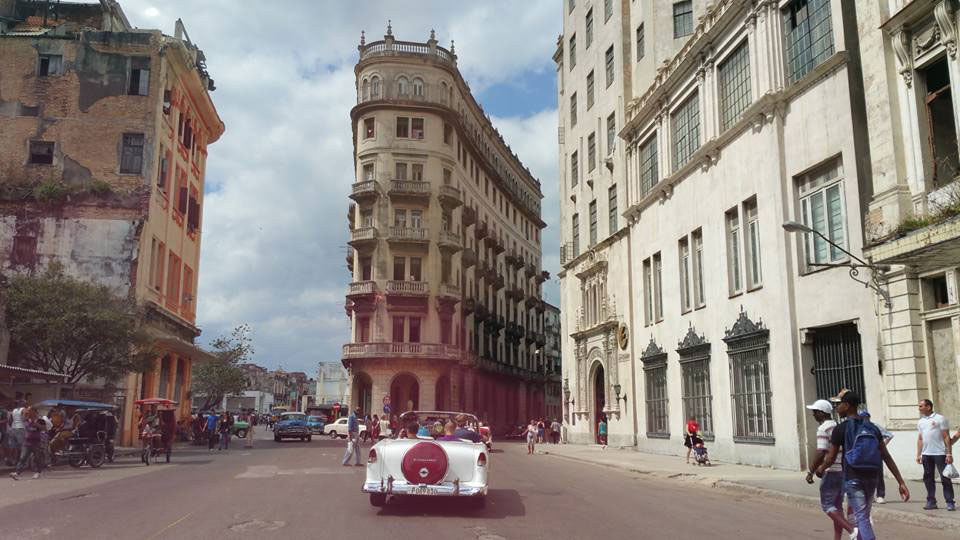
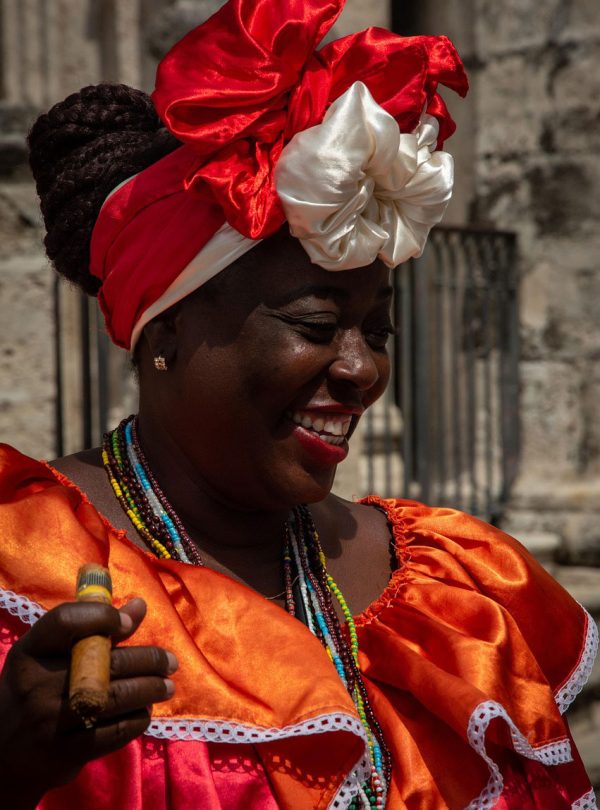
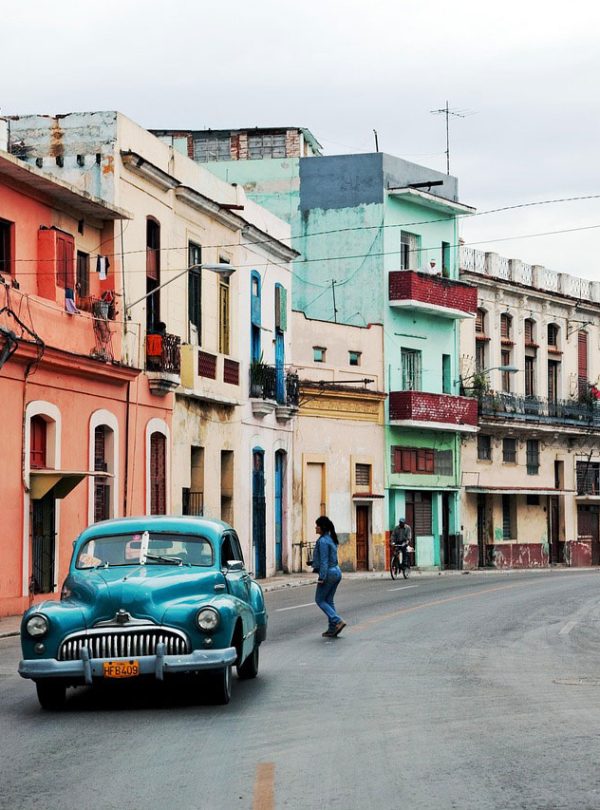
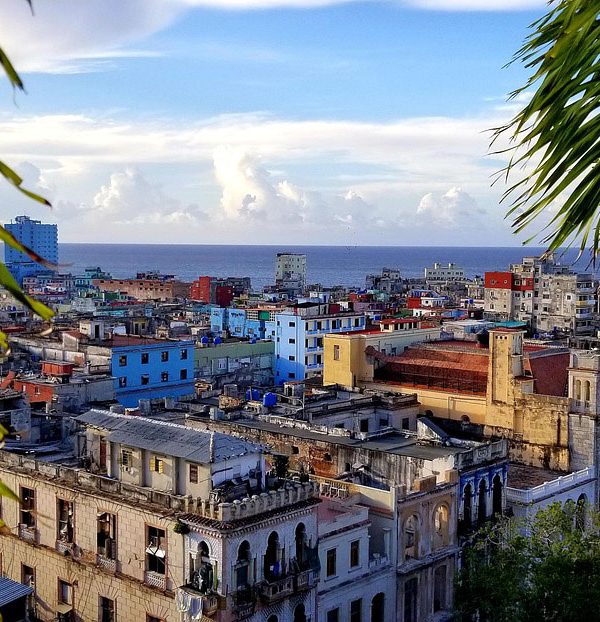
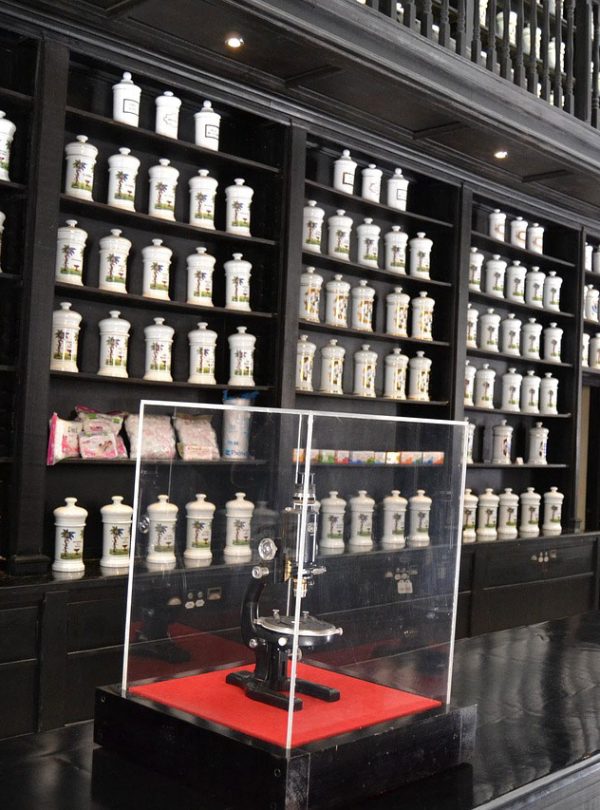
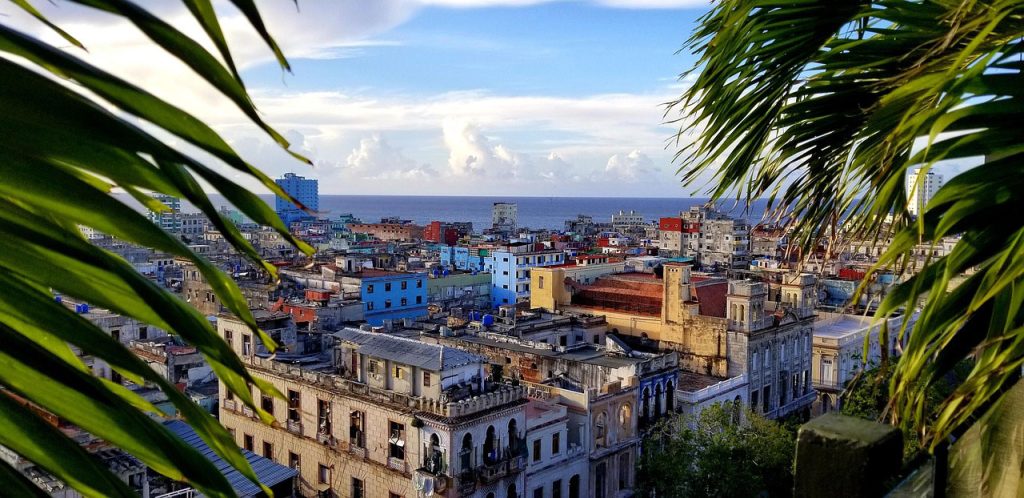
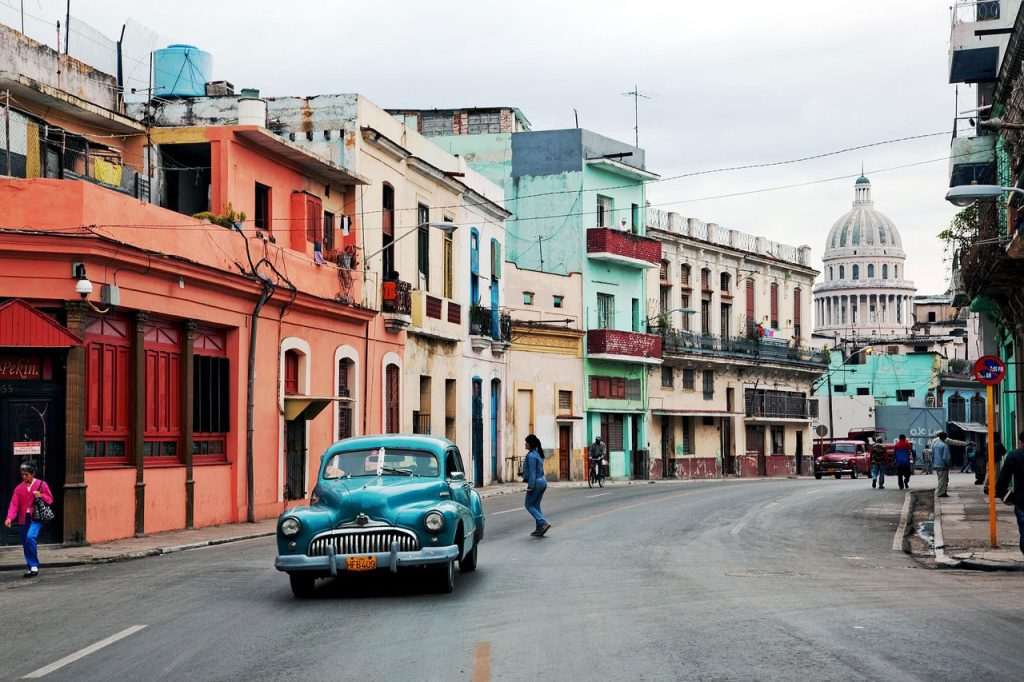
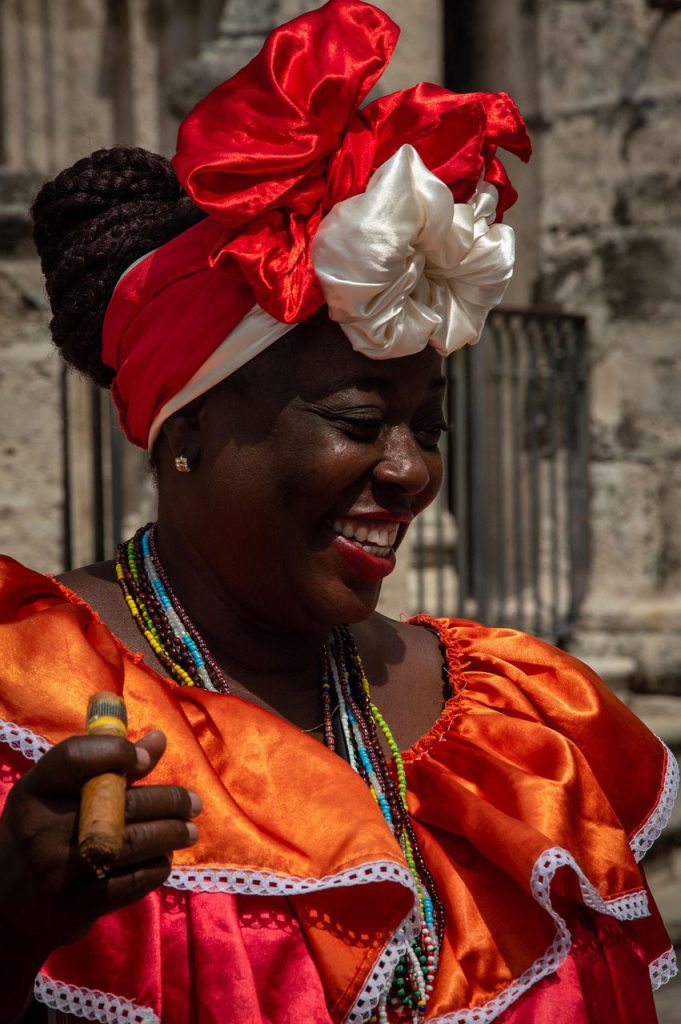
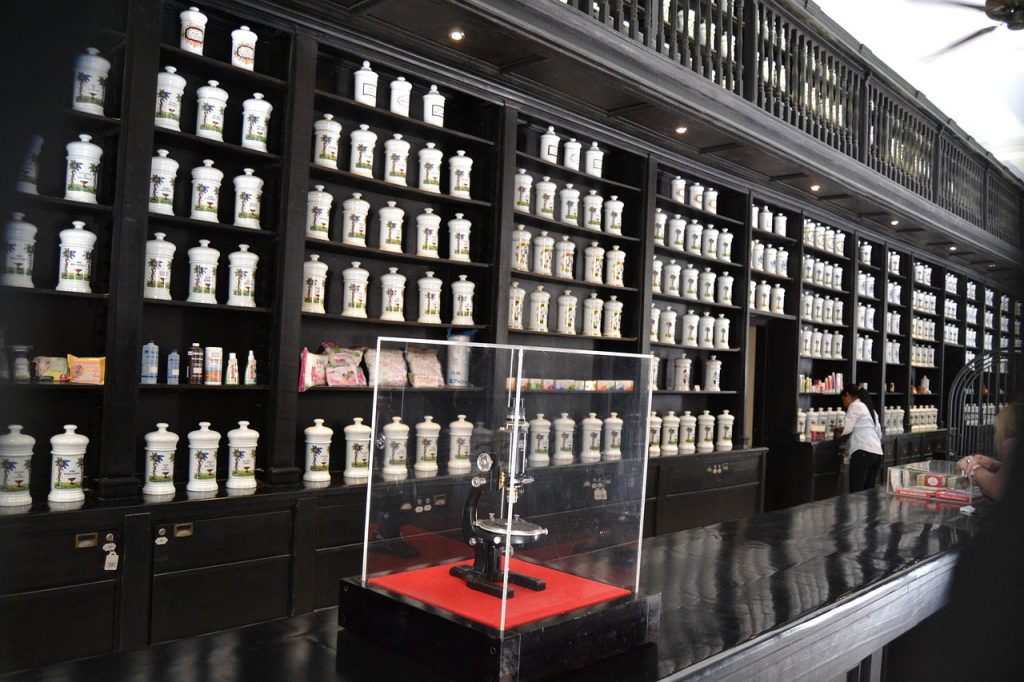
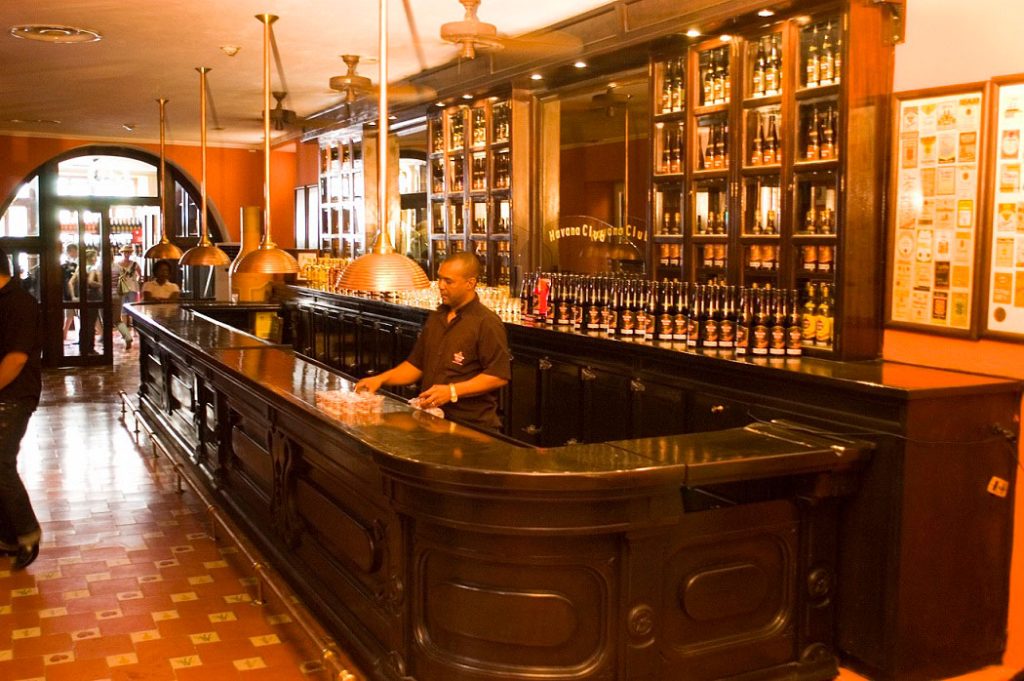
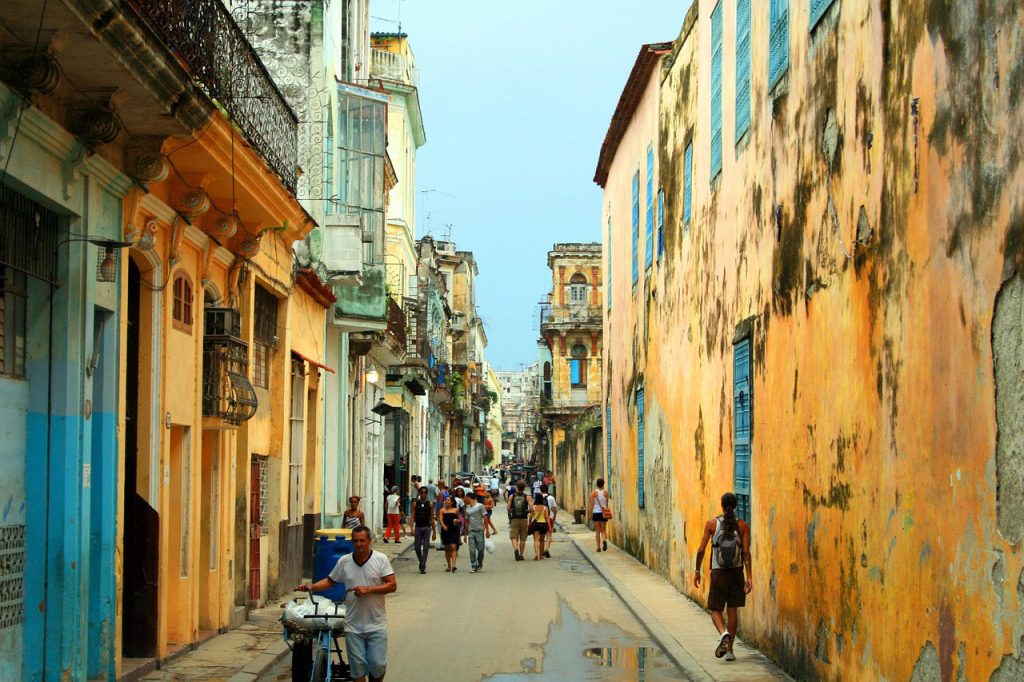
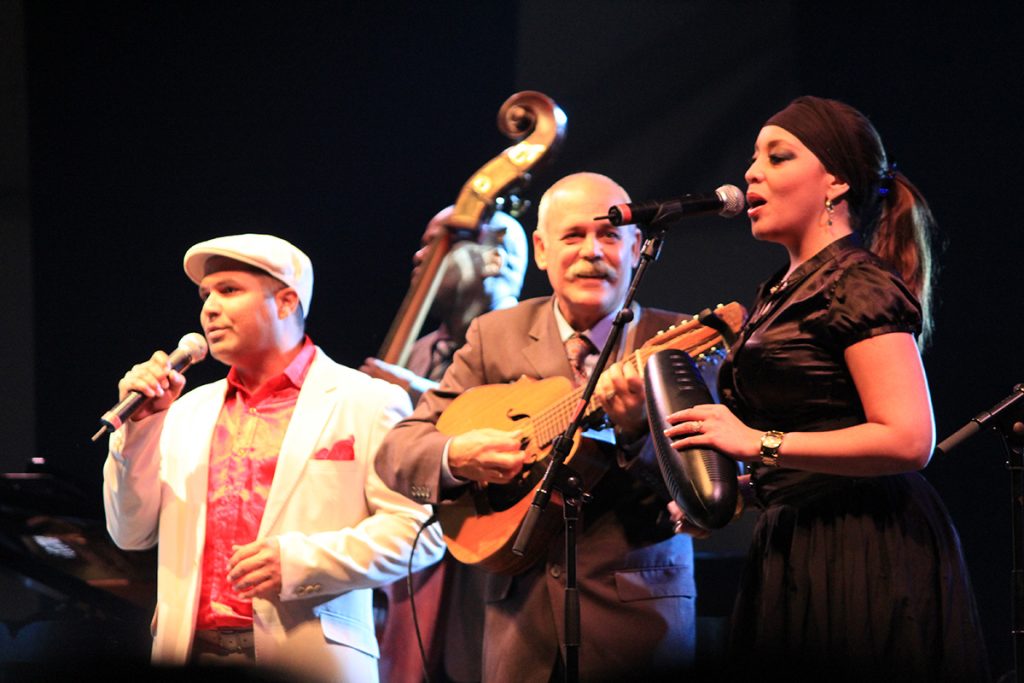
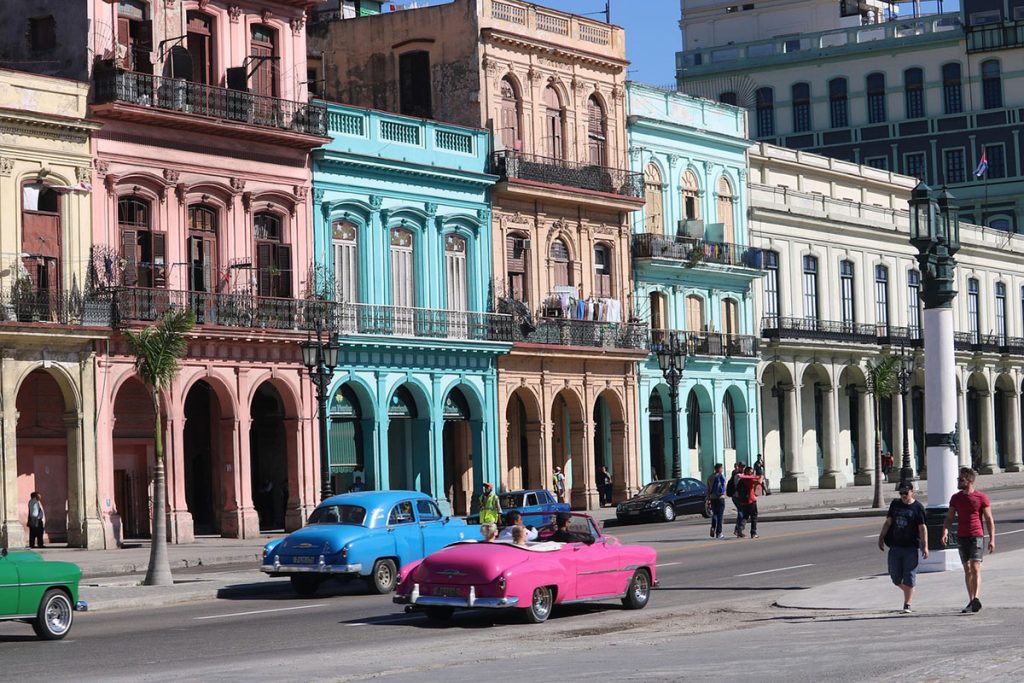
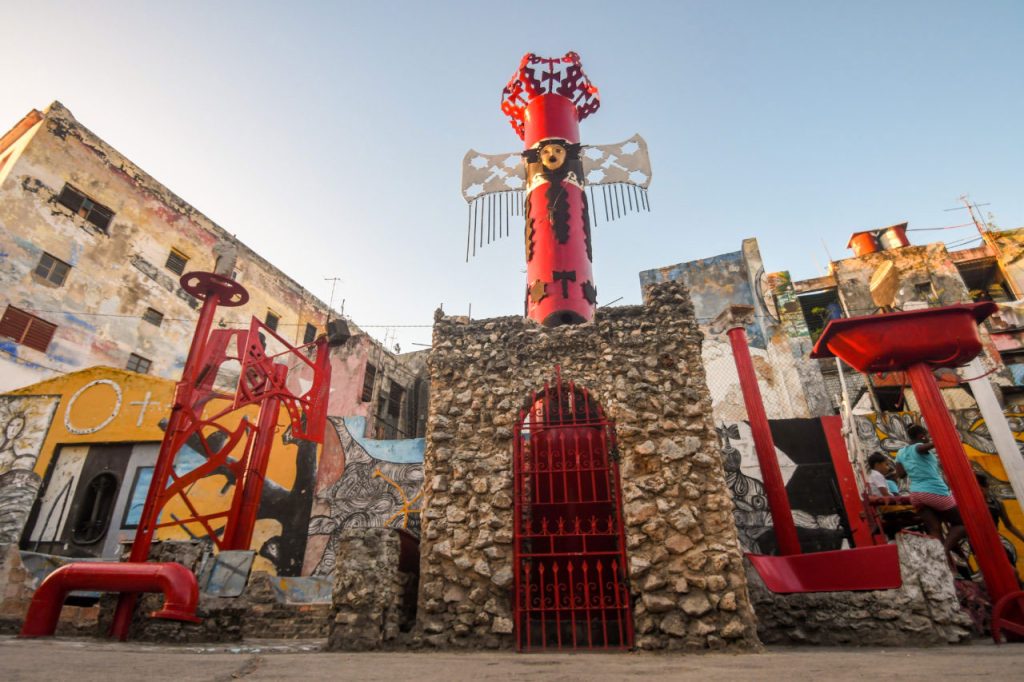
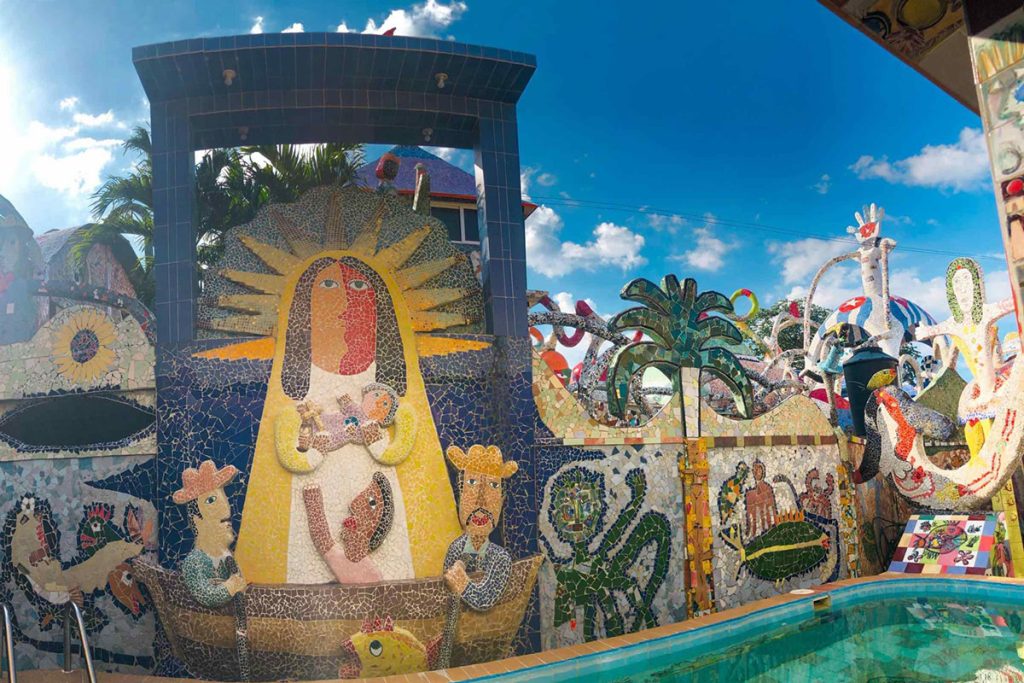
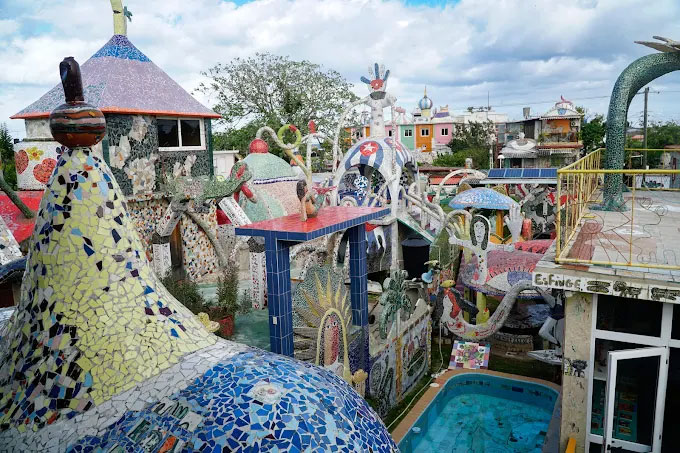
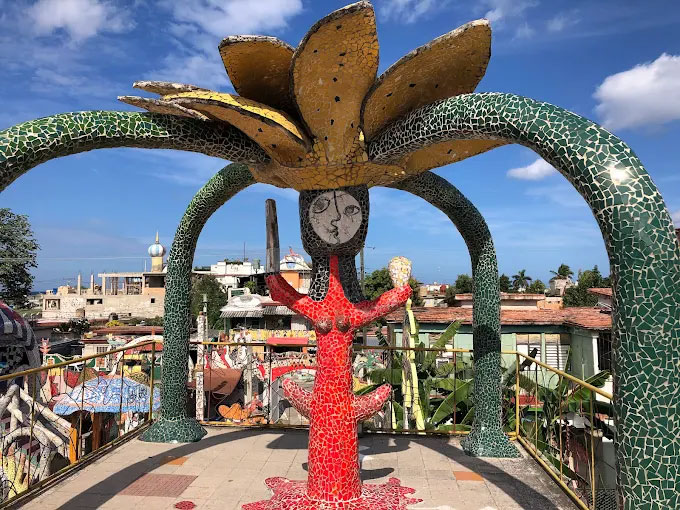
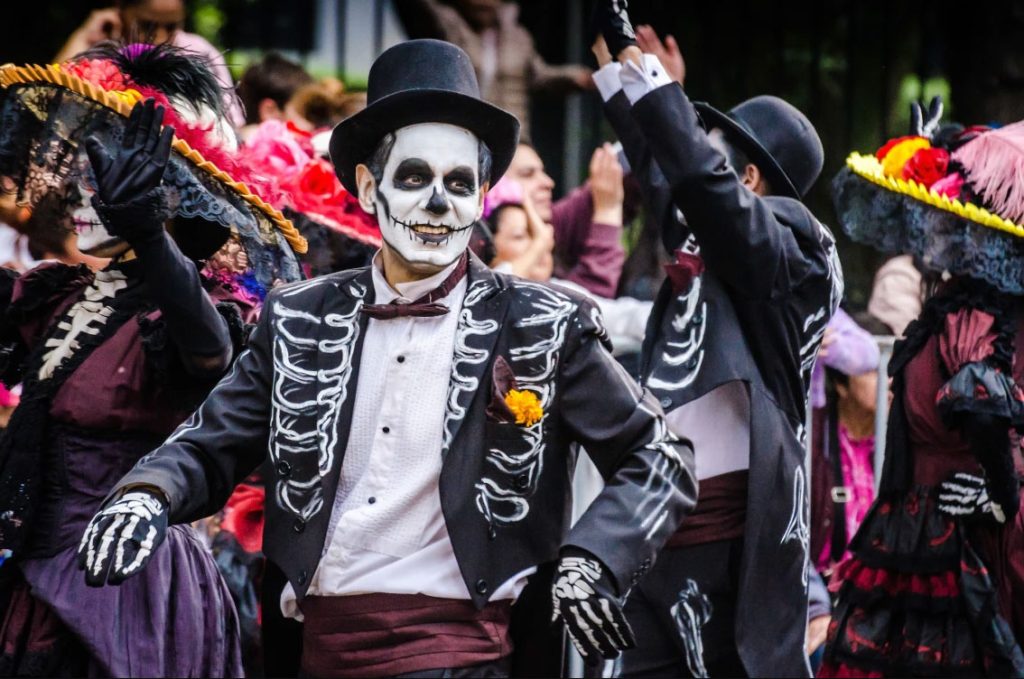
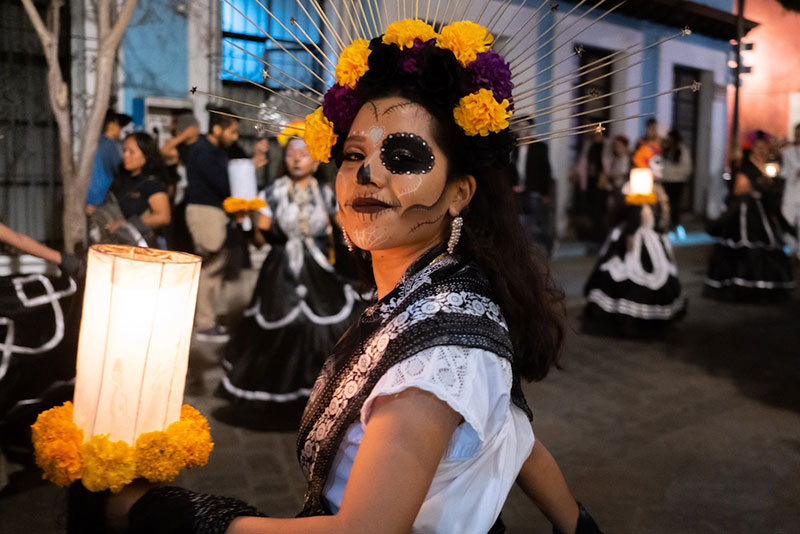
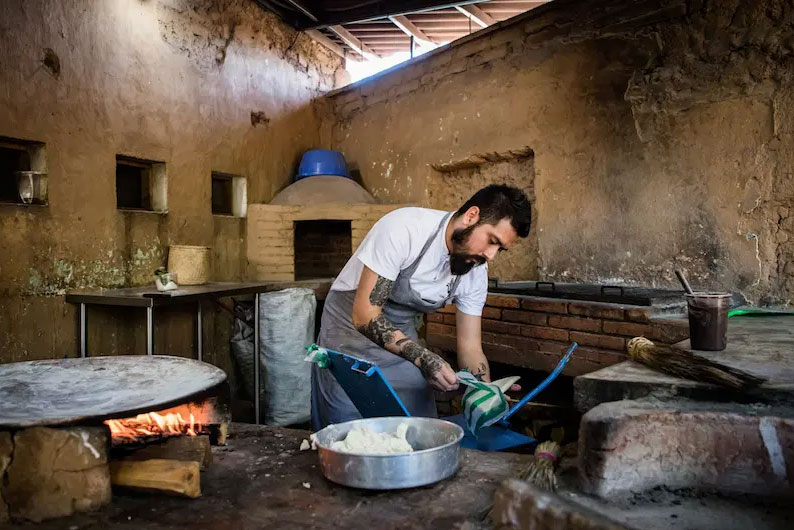
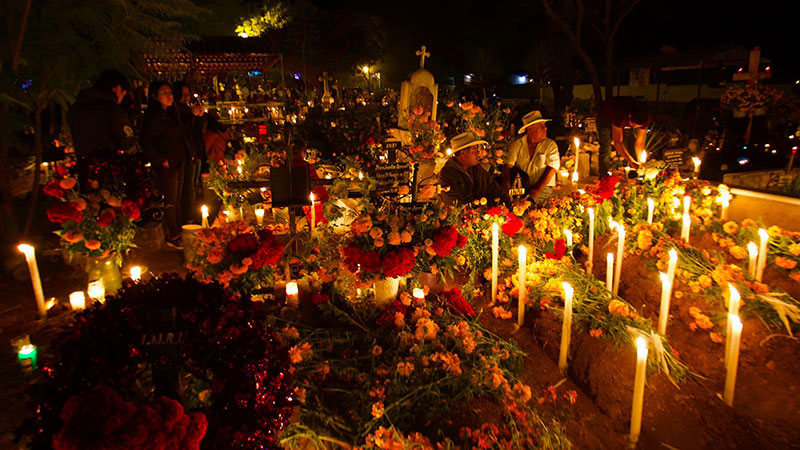
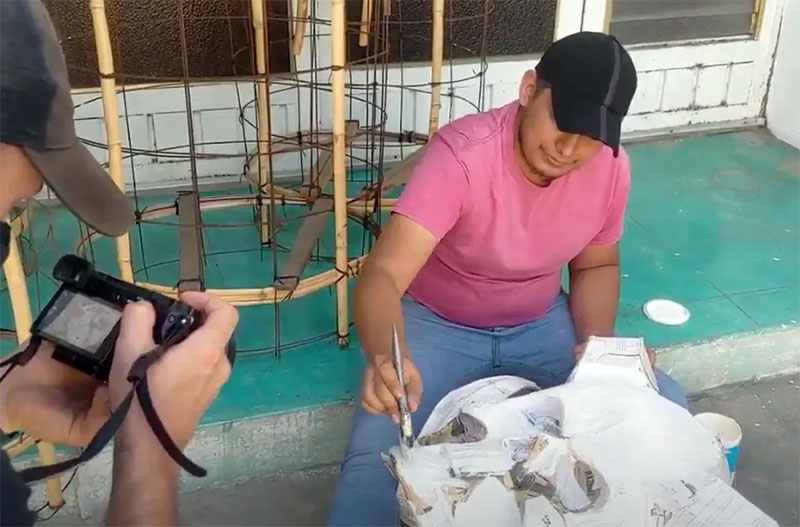
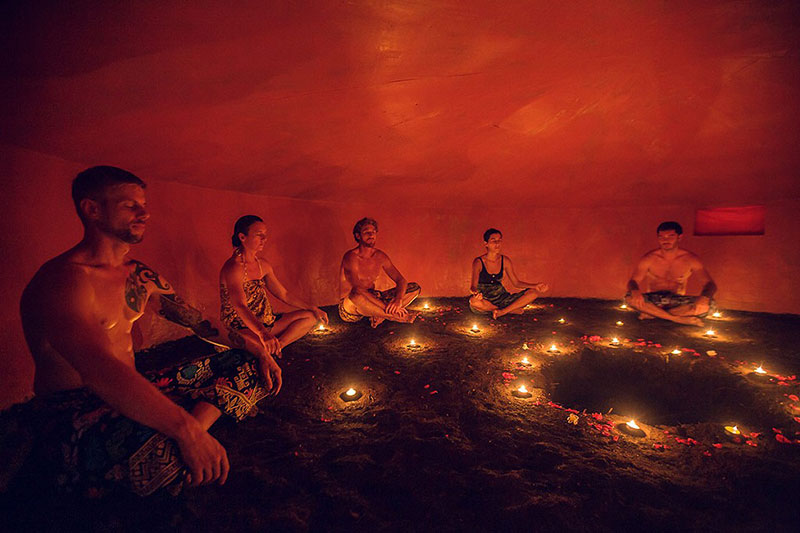
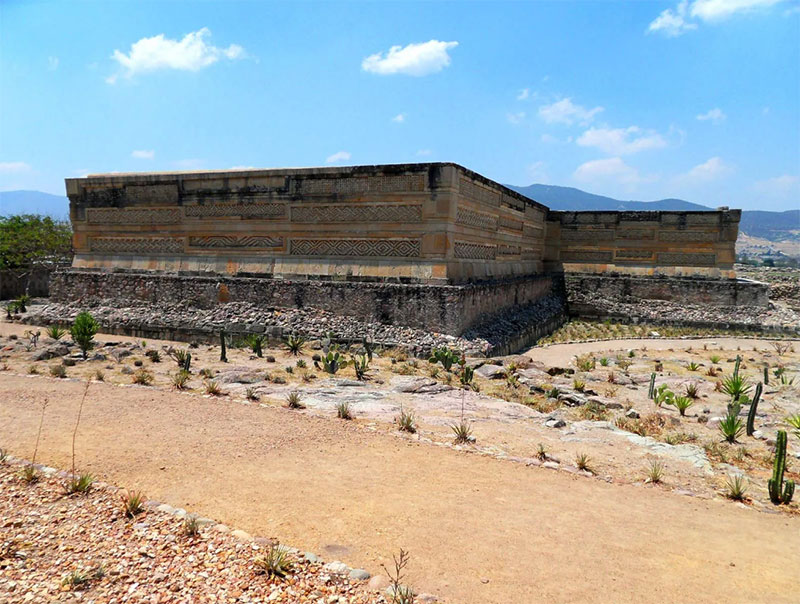
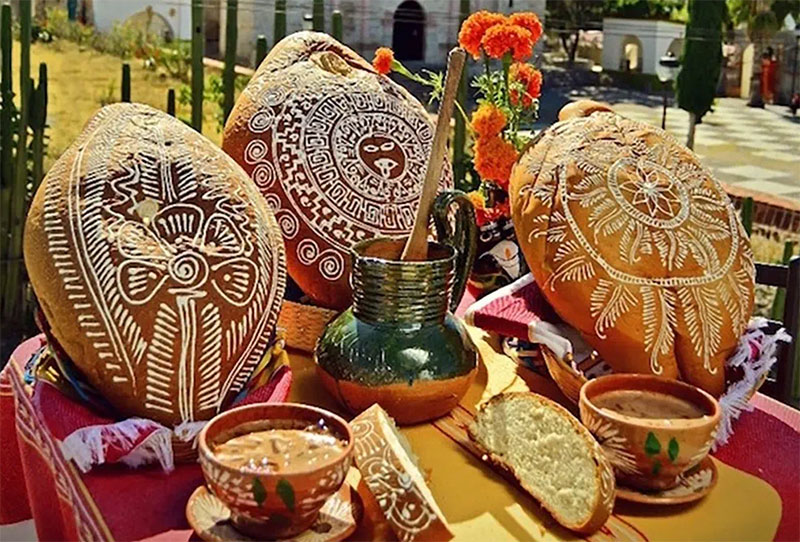
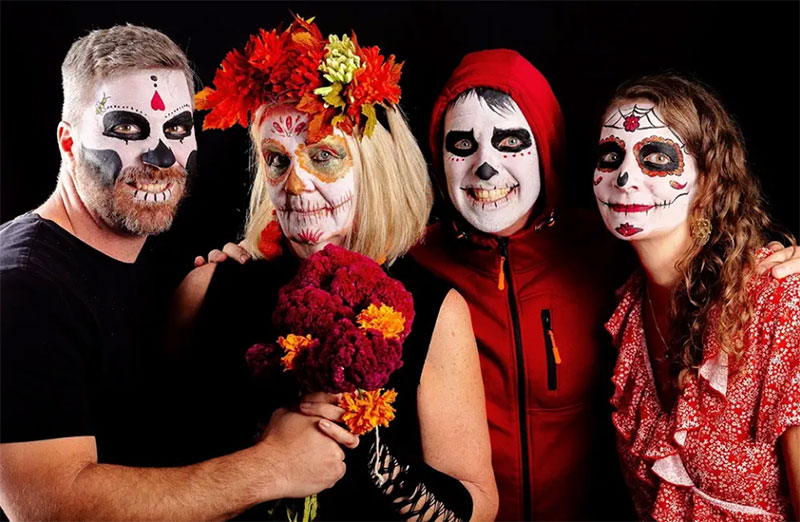
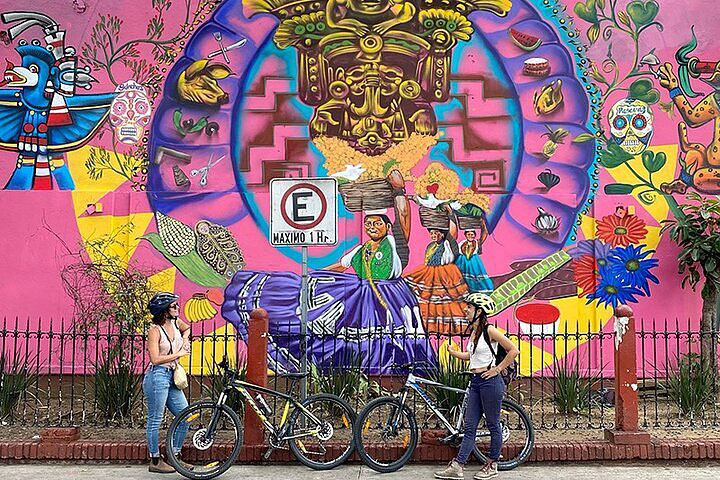
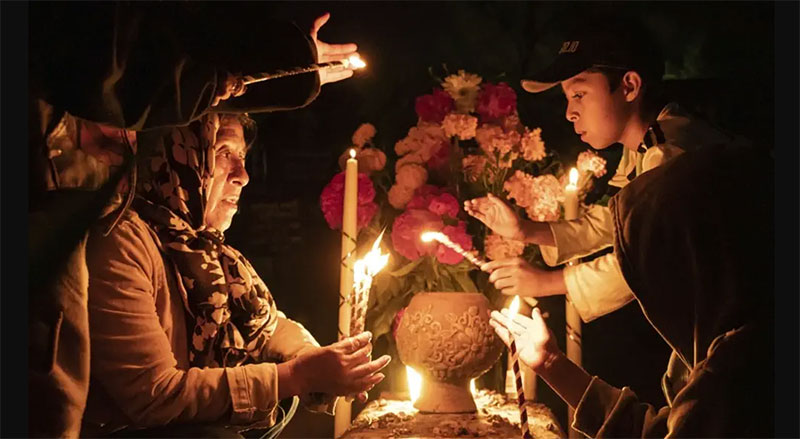
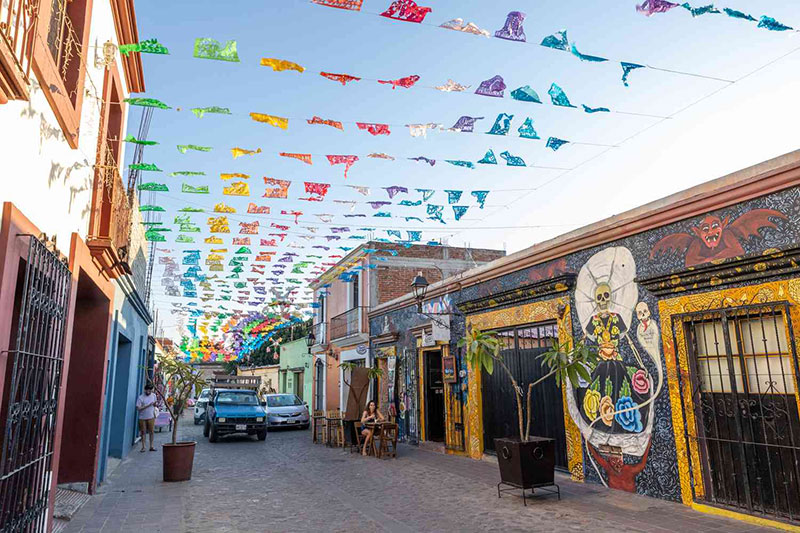
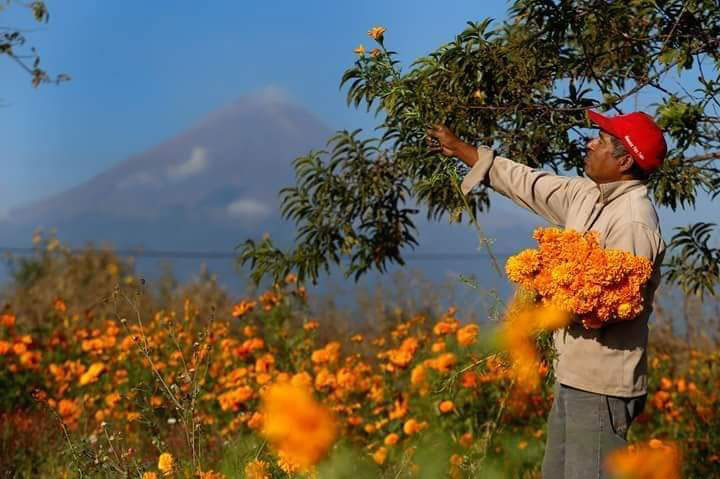
Write a Review
Logged in as . Log out?